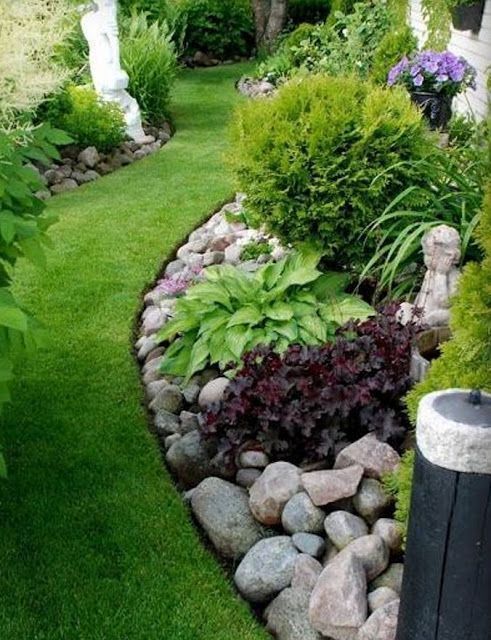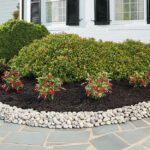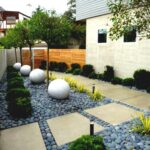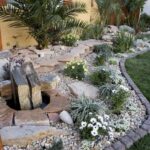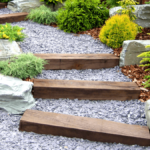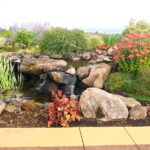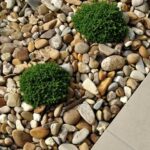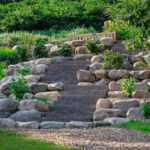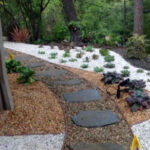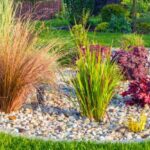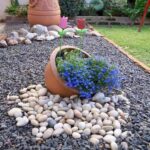Landscaping with rocks is a popular design choice for many homeowners seeking to create a visually appealing and low-maintenance outdoor space. Rocks can add texture, color, and structure to a landscape, while also serving practical purposes such as erosion control and water conservation. With a wide variety of shapes, sizes, and colors to choose from, rocks can be used in endless ways to enhance the overall look of your garden or yard.
One of the key benefits of using rocks in landscaping is their durability and longevity. Unlike plants, rocks do not require regular watering, pruning, or fertilizing, making them a low-maintenance option for busy homeowners. Additionally, rocks are not susceptible to pests or diseases, further reducing the need for ongoing maintenance. This makes them a cost-effective choice in the long run, as they can withstand the test of time and require minimal upkeep.
In terms of design, rocks can be used to create focal points, borders, pathways, and even functional elements such as retaining walls or seating areas. Larger rocks can be strategically placed to add height and dimension to a landscape, while smaller rocks can be used to fill in gaps or create visual interest. Mixing different sizes and shapes of rocks can create a natural and organic look, mimicking the beauty of a natural rock formation.
When incorporating rocks into your landscaping design, it’s important to consider the overall theme and style of your outdoor space. For a modern and minimalist look, consider using sleek and uniform rocks like polished river stones or black lava rock. On the other hand, for a more rustic and natural feel, opt for irregularly shaped rocks like flagstone or fieldstone. The key is to choose rocks that complement the existing elements in your landscape, such as plants, hardscape materials, and architectural features.
In addition to their aesthetic value, rocks can also serve practical purposes in a landscape. For example, rocks can be used to create natural drainage solutions, preventing erosion and water damage to your property. They can also be used to create a barrier or border around plantings to prevent soil erosion or to define different areas of your garden. Rocks can also be used to create a focal point or anchor for a garden bed, drawing the eye and adding visual interest to the space.
Overall, landscaping with rocks offers numerous benefits for homeowners looking to enhance the beauty and functionality of their outdoor space. Whether you’re looking to create a serene garden oasis or a contemporary outdoor living area, rocks can be a versatile and eye-catching element in your landscape design. With a little creativity and planning, you can use rocks to transform your yard into a beautiful and welcoming retreat that you can enjoy for years to come.
